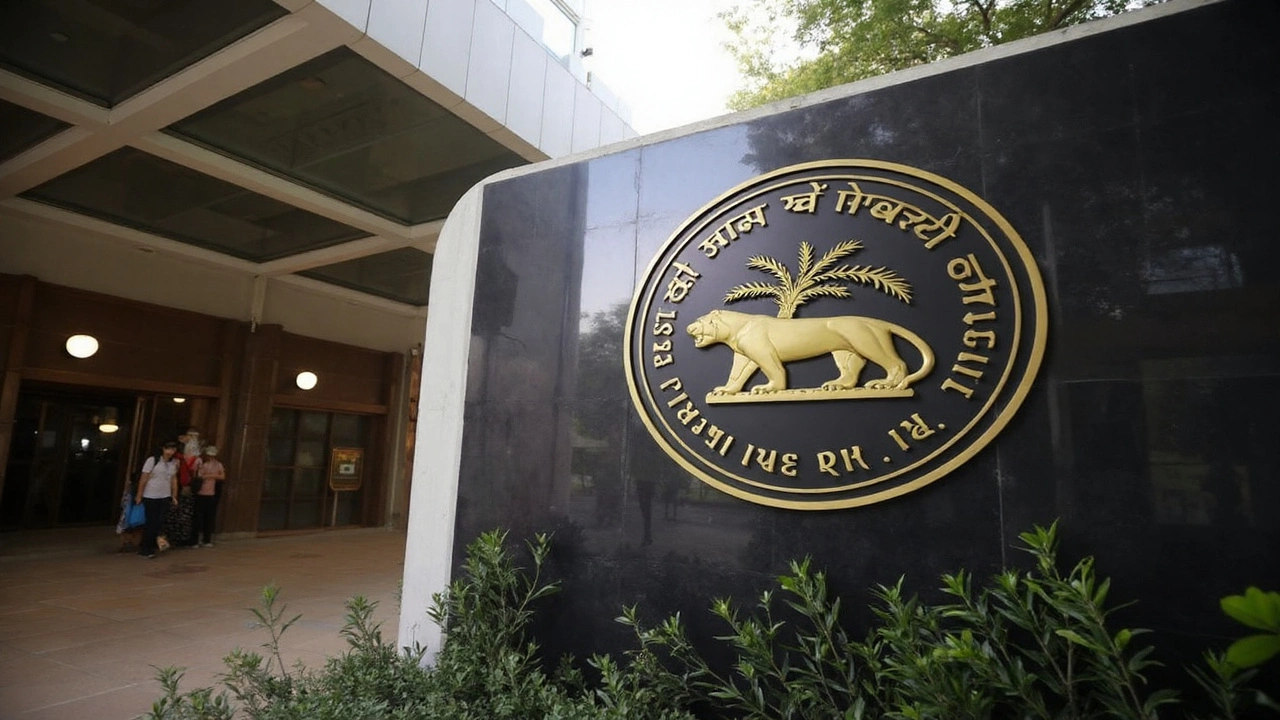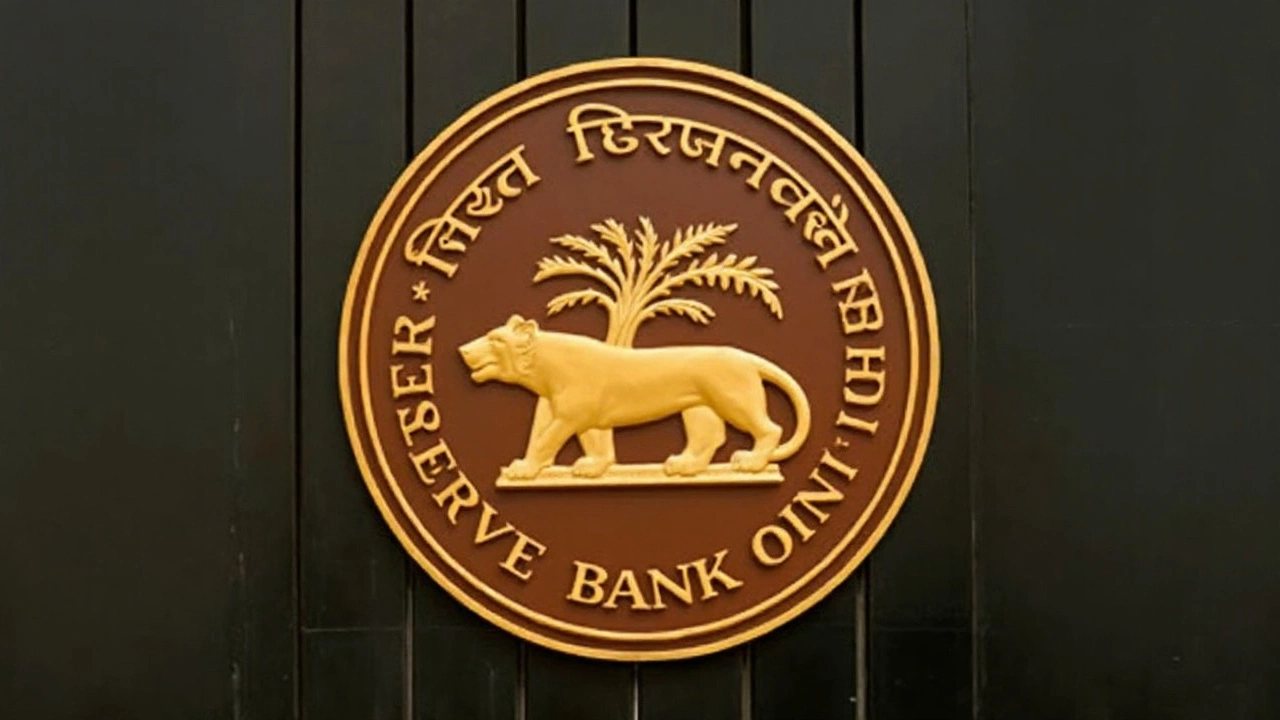RBI Sticks to Repo Rate as Global Risks Shadow Outlook
The Reserve Bank of India (RBI) decided to hit pause on further rate changes this August, locking the repo rate at 5.5%. This move surprised nobody, but it carries plenty of meaning. After two quick rate cuts earlier this year, the monetary policy committee (MPC) is treading carefully, especially with US tariffs shaking up the global scene and ripple effects reaching Indian exporters and supply chains.
Governor Sanjay Malhotra chaired the six-member MPC, and this time, the vote was completely unanimous—no outliers, no heated debate. The RBI's neutral stance means it’s not exactly rushing to loosen up the economy, nor is it slamming on the brakes.

The Numbers Behind the Pause
Inflation’s slow slide downward is a bright spot. For the upcoming financial year (FY26), the RBI pulled its inflation forecast down to 3.1% from higher numbers earlier in the year. That’s a sign things are cooling off price-wise, but there’s no party just yet. Core inflation, which leaves out unstable items like fuel or food, is still hovering above the 4% mark. The central bank isn’t letting its guard down—controlling prices remains the top priority.
On growth, not much drama here. The RBI is sticking to a 6.5% GDP growth estimate for FY26. To give some context: earlier this year, that number had slumped a bit, moving from 6.8% to 6.7%. So, India’s economic momentum looks respectable but faces headwinds, especially if global uncertainties take a turn for the worse.
The current account deficit (CAD) is another area getting attention. It’s edged down to 0.6% of GDP for FY25, which eases some pressure on the rupee and foreign exchange reserves—good news on the external stability front.
What’s causing the RBI to hit pause? In one word: uncertainty. New US tariffs are a real headache for Indian exporters, who now face tougher competition and possible supply chain disruptions. Toss in geopolitical risks, from ongoing conflicts to unpredictable trade policies, and it’s no wonder the RBI isn’t budging for now.
Managing all this means keeping a close eye on money in the banking system—a balancing act between too much and too little liquidity. Just this month, the RBI held a two-day Variable Rate Reverse Repo (VRRR) auction to soak up some surplus funds from banks. It’s all about making sure lending doesn’t get too wild, which could add fuel to inflation.
So, what happens next? The RBI is pulling out its classic playbook: wait and watch. The message to markets and anyone looking for policy clues is simple—they’ll stay sharp, adjust as needed, and keep an eye on both inflation and growth. The next big update comes from the MPC towards the end of September, and everyone will be scanning the meeting minutes, out on August 20, for any hints of a shift in mood.
